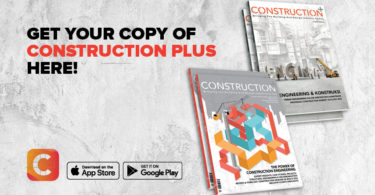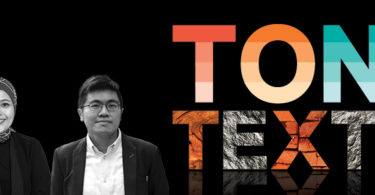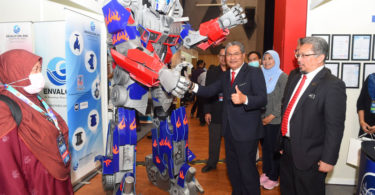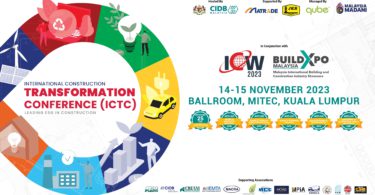
By Nathan Sri
In a post-pandemic world, research reveals that employees will continue to divide their time between home and the office. Employees will still require the emotional, psychological and professional benefits of well-coordinated teams and a strong corporate culture. Workplace should be responsive and dynamic, rather than merely allowing employees to complete individual tasks that can be completed from home.
THE STATISTICS
In the Unispace Global Remote Working Survey, March-April 2020:
- Nearly 50 to 60 per cent of the workforce will continue to go to the office every day (once regional restrictions allow), either by preference or out of necessity.
- Figures for remote working are anticipated to continue to climb by 20 to 23 per cent.
The main challenge, from both an internal and external standpoint, has been around connecting with peers and clients.
- Top internal challenge: 63 per cent responded with socialising and creating meaningful connections.
- Top external or client-facing challenge: 55 per cent responded that there has been a decrease in presence and connection.
A PROPOSED MODEL
The Propeller workplace model is a new design principle that can be applied to address evolving business needs in the new normal. Currently, this is in the process of being rolled out in Australia, with plans to be executed in Singapore in the future as well. The model is designed to create value where remote working is not feasible, specifically around the following three pillars:
- Problem-solving: Developing a space where employees and partners can work together to create something more meaningful and innovative than what they could have achieved alone.
- Innovation: Fostering the exchange of bold ideas and concepts that drive transformation, by encouraging diversity and imagination.
- Community building: Demonstrating a commitment to mentorship and camaraderie, and a collective sense where like-minded people are able to collaborate for achievements.
With employees now being able to do focused work at home with the right set-up, the Propeller framework aims to drive social and collaborative experiences that reinforce brand, culture, innovation and problem solving instead. In doing so, employees will be able to reap the fullest benefits of a defined workplace, and not just to satisfy presenteeism.
The images below illustrate how the Propeller framework seeks to coalesce the three pillars of problem-solving, innovation and community-building. The two artist impressions aim to demonstrate how these will come to life in an actual office layout.
There seem to be a lot of preliminary interest in the Propeller framework, from companies across Asia Pacific who are keen to fast-track solutions to keep up with what we believe will be a generational shift for the workplace. As we continue working alongside them to better understand their new and evolving business needs, we look forward to driving these conversations on workplace innovation even further, and turning bold ideas and transformative concepts into reality.
About the author:

Nathan Sri is the Principal of Strategy at Unispace, Singapore. Previously, he was JLL’s Regional Director for its Singapore office. Having worked across numerous countries within the Asia Pacific region, in both a business and strategic consulting capacity, has allowed him to gain strategic insight into a range of industries including banking, technology, government and real estate, and a distinctive perspective on different workplace needs from both a business and employee perspective.
















